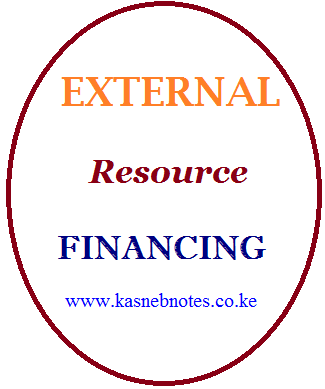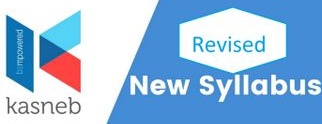The Electronic Project Monitoring Information System (e-ProMIS) is the Government of Kenya’s main platform for monitoring the performance and implementation of development projects and programs. e-ProMIS fully automates the collection, reporting, and analysis of data for over.
- Two thousand (2,000) projects the National Treasury,
- The donor community,
- Forty-one (41) line ministries,
- Provincial governments,
- Project monitoring units, and
- Other budgetary units across the country.
E-ProMIS allows all departments to monitor and evaluate government and donor funded development programs and projects.
All government organizations are encouraged to have their projects in the system and have them updated regularly. To also provide information on Constituency Development Funds, CDF managers are encouraged to enter information on all projects implemented at the Constituency level.
Being a powerful, Web-based information collection, tracking, analysis and planning tool e-ProMIS helps to achieve the following objectives: –
Objectives of e-ProMIS
- Coordination: serves as a decision-support tool for the government to coordinate development efforts in the country.
- Shared services: a tool enabling sharing of platform and project repository; enhancing cost cutting and reducing duplication.
- Data dissemination channel: Accurate, reliable and comprehensive projects cycle database covering negotiations, budgeting, disbursements, on-lending, expenditure and repayments.
- Provides information for investment planning, policy and budgeting.
- Alignment: assesses the alignment of development projects with national/international strategies and priorities.
- Harmonization: identifies development flow patterns, gaps, duplication of efforts, and priority areas, therepromoting harmonized, transparent, and effective delivery of projects.
- Managing for results: Facilitates efficiency and effectiveness in project implementation; tracking the results of development projects, thus supporting well-informed decision- making and planning providing the Kenyan public quality and timely value of money.
- Mutual Accountability/empowerment: promotes mutual accountability providing a complete, reliable, and transparent picture of the development landscape. Fosters enduring Partnerships between Stakeholders.
- Ascertain the cost of local and the duty waivers undertaken the government while implementing projects.
- Scoring/Performance measuring: allows organizing projects performance based on the comparison of target and actual values of financial, physical and time indicators.
- Project Asset Register: A register for all the project assets and their treatment after the project; automation of DAI processing workflow including computation of all duty exemptions.
Beginning 2013 fiscal year, the Government of Kenya (GoK) made e-ProMIS the main platform for managing the national development budget. Since then the following benefits have been realised: –
- e-ProMIS currently tracks budget and performance data for over 2000 programs and projects from 41 government agencies, mainly supporting the realization of Kenya’s Vision 2030.
- e-ProMIS bolsters the country’s Medium Term Expenditure Framework (MTEF), helping to reduce delayed and incomplete projects, as well as frequent cost over-runs. The web-based platform serves as a unified project information repository, allowing coordinated monitoring and evaluation (M&E) of national, county, and Constituency Development Fund (CDF) projects, alongside development partner activities.
- This system promotes accountability and transparency making all information on aid flows accessible online to It will also provide the government with essential, timely information on the progress and success of projects happening. This will allow for evaluation, policy making, and the compiling of reports for future project funding.
- Through e-ProMIS the Government has developed M&E reports like the Annual Progress, Public Expenditure, and Project Implementation reports, to update Kenyans on where the Government is and how tax payer’s money is spent.
- It serves as the main database and reporting system for all projects undertaken the government either using taxpayers’ money, donors, NGOs and other strategic partners. The system aims at improving efficiency and transparency in planning, and coordination of capital projects in the country.
Going forward, e-ProMIS is to provide a mechanism for managing results and to provide evidential information for measuring performance for the various government agencies/departments under performance contracting. Kenya’s ultimate goal for e-ProMIS is full stakeholder ownership.
The e-ProMIS platform was developed Synergy International Systems, in partnership with the Government of Kenya and Access Kenya.
Possible Areas of improvement at ERD
- ERD’s staff is limited and some of the staff lacks the necessary skills to accomplish effectively their role.. Hence, the ERD should be better staffed and more specifically, existing staff requires training to acquire the skills necessary to monitor and ensure that Bank projects are efficiently implemented.
- A follow-up and tracking system of projects ought to be developed to ensure that line Ministries and all Project Coordination Units (PCU) submit required audit and implementation reports.. In consequence, the ERD and in particular the ADB desk requires improved computer facilities.

